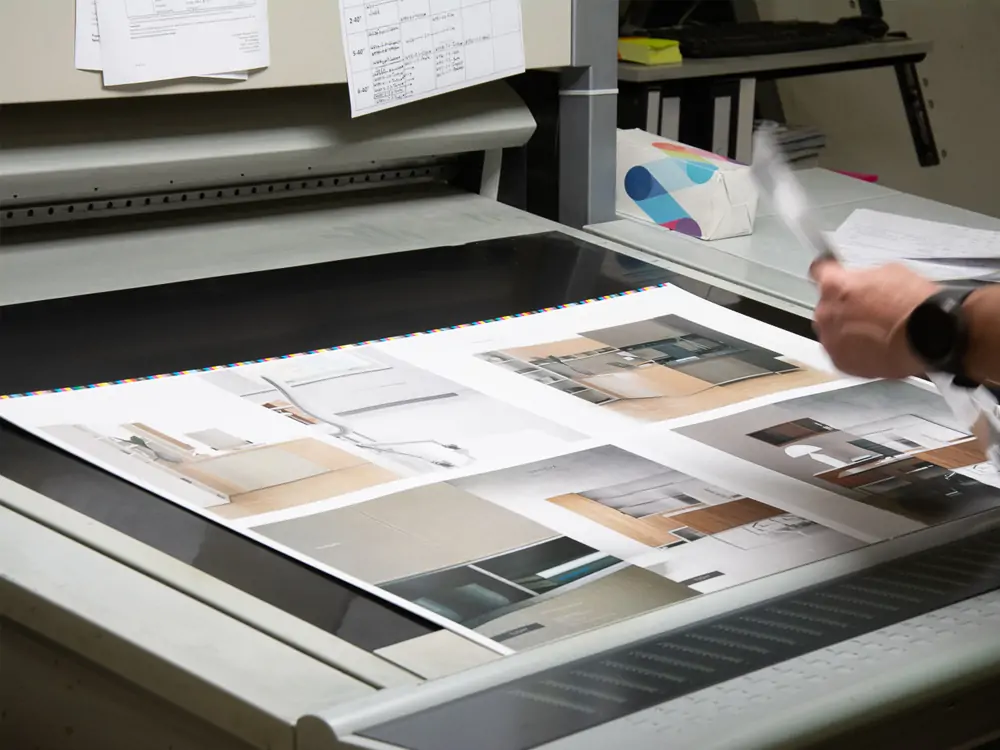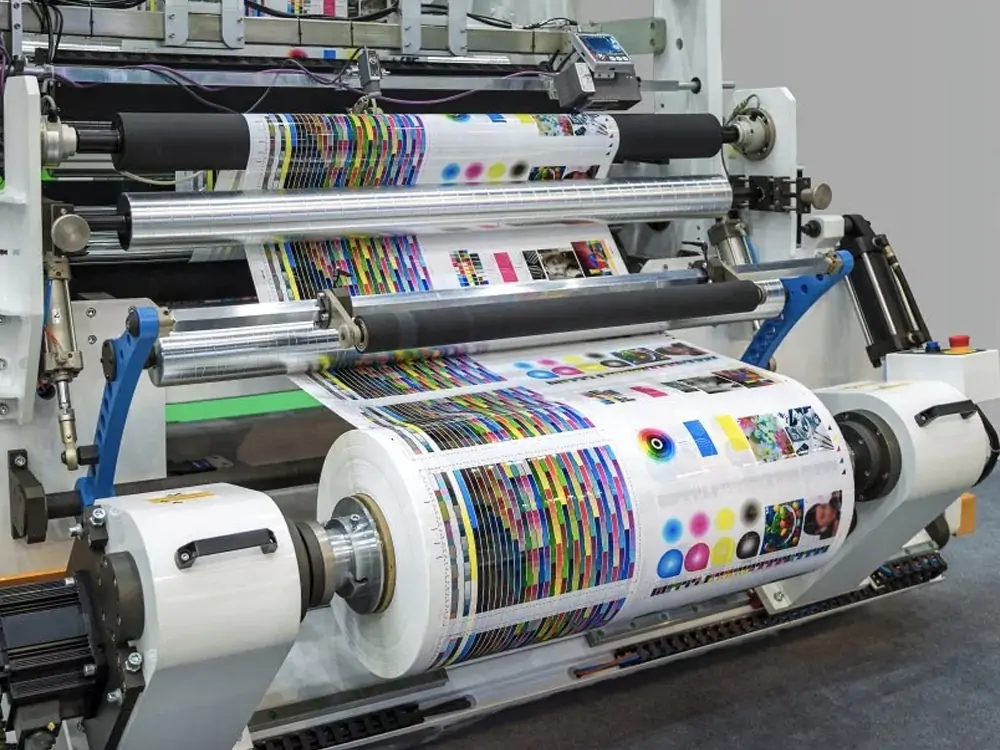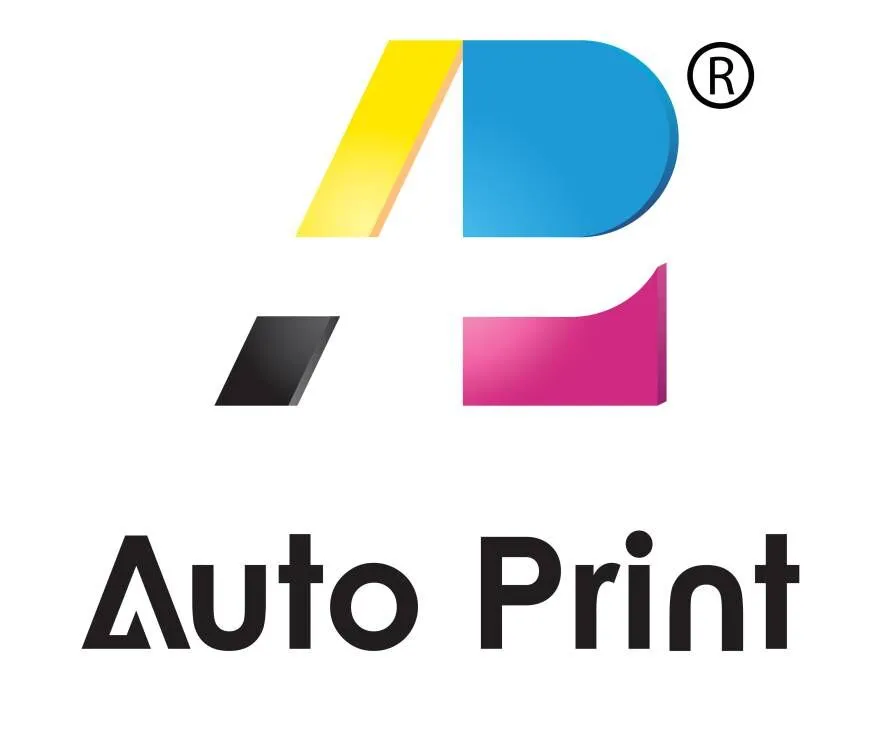Printing machines have come a long way from humble beginnings to become indispensable tools in various industries. These advanced devices have revolutionized how we print and reproduce documents, images, and texts on various surfaces. In this article, we will explore the different types of printing machines available today, their unique characteristics, and their specific uses.
Types of Printing Machines
1. Inkjet Printers
Inkjet printers are one of the most commonly used printing machines for personal and small business purposes. They work by spraying tiny droplets of ink onto the paper. Inkjet printers excel in producing high-quality images and vibrant colors. This makes them ideal for photography enthusiasts and graphic designers. They are also versatile enough to handle different paper sizes and textures. So, it makes them suitable for various printing requirements.
2. Laser Printers
Laser printers utilize a laser beam to create an electrostatic image on a rotating drum. The drum then attracts toner particles, transferred onto the paper, and fused with heat. Laser printers are highly efficient, producing crisp and fast prints. It is perfect for office environments with a high demand for text documents and black-and-white prints. They also feature high printing speeds and low maintenance costs. So, it is economical for high-volume printing.
3. Digital Printing Presses
Digital printing presses are sophisticated machines capable of producing high-resolution prints quickly and accurately. Unlike traditional offset printing, digital printing does not require plates or lengthy setup processes. This makes digital printing presses more versatile, cost-effective, and time-saving. Especially for small to medium-sized print jobs. Additionally, digital presses can handle various paper sizes, textures, and stocks. Including heavy cardstock and textured paper, making them highly versatile for various applications.
4. Offset Printing Presses
Offset printing presses are the go-to machines for high-volume commercial printing. This traditional printing method involves transferring ink from a plate to a rubber blanket and pressing it onto the paper. Offset presses offer exceptional image quality, allowing for detailed and precise prints. They excel in producing consistent colors and are widely used for newspapers, magazines, brochures, and packaging materials. Although offset printing requires complex setup procedures and is more time-consuming, it is cost-effective for large print runs.
5. Screen Printing Machines
Screen printing machines employ a mesh screen to transfer ink onto various surfaces. Such as fabric, wood, glass, and ceramics. This versatile printing method allows for intricate designs and vibrant colors. So it is popular in the textile and advertising industries. Screen printing machines are ideal for producing custom apparel, banners, signage, promotional materials, and personalized products. While they require more setup time and are limited in color options, screen printing machines offer durability and versatility for long-lasting prints.
6. 3D Printers
3D printers have revolutionized the printing world by enabling the creation of three-dimensional objects from digital models. These printers use a layer-by-layer approach. They often use plastic, metal, or resin materials to build solid objects. 3D printers find applications in product prototyping, manufacturing, architecture, medical fields, and countless other industries. They allow for precise customization, rapid prototyping, and cost-effective production of complex structures.
7. Flexographic Printing Machine
Flexographic printing machines are ideal for printing on various materials. Including plastic, paper, and cardboard. They use flexible relief plates and fast-drying inks. They’re well-suited for label printing, packaging, and newspapers.
8. Gravure Printing Machine
Gravure printing machines use engraved cylinders to transfer ink onto the printing surface. This method is known for its ability to reproduce high-quality images. It is commonly used for printing packaging materials, magazines, and decorative prints.
9. Letterpress Printing Machine
Although less common today, letterpress printing machines are still used for specialty printing tasks. They create an impression on the printing surface by pressing inked type or plates onto paper. Letterpress is often chosen for producing unique, high-end invitations, business cards, and fine art prints.
10. Dye-Sublimation Printing Machine
Dye-sublimation printing machines produce high-quality, vibrant prints on fabric, ceramics, and metal. The process involves transferring dye into the substrate at a molecular level, resulting in long-lasting, fade-resistant prints. These machines find applications in clothing, home décor, and personalized gifts.
11. Wide-Format Printing Machine
Wide-format printers are designed to produce large-scale prints for applications. Such as banners, posters, and signage. They use various printing technologies. Including inkjet and UV-curable printing to create high-resolution graphics on various substrates.
12. 3D Metal Printing Machine
3D metal printing, or metal additive manufacturing, is a cutting-edge technology that produces intricate metal parts for the aerospace, healthcare, and automotive industries. These machines use laser or electron beam technology to selectively melt metal powder or wire, layer by layer, to create complex components.

13. DTF Printing Machine
DTF (Direct-to-Film) printing machines are innovative. They perform high-quality transfers onto various fabrics. DTF printing is a modification of direct-to-garment printing. DTF printers use special film to transfer designs onto textiles. This process involves printing the design on a film, putting on some powder adhesive, and transferring it onto the fabric through heat. The DTF printing technique has vibrant colors, strong durability, and versatility. These are its distinctive features. They make it right for custom apparel, promotional items, and small- to medium-run print needs. It has many other key uses. This process is fast and cheap. It is ideal for businesses that need to churn out detailed prints, regardless of the material.
If you want to know more about dtf printing, you can click this article: What is DTF Printing and How Does it Work?
Advantages of Printing Machines
Printing machines offer numerous advantages. It can find applications in various industries due to its efficient production of high-quality printed materials. Here are some advantages of printing machines and their uses in different industries:
(1) Mass Production
Printing machines can produce a large volume of printed materials quickly and consistently. This advantage is crucial in industries like publishing, magazines, and books must be produced in large quantities.
(2) Cost-Effective
Printing machines, particularly digital printers, have become cost-effective for short to medium-print runs. This is especially valuable for marketing and advertising materials. It allows for affordable customization and personalization.
(3) Quality And Precision
Modern printing machines can deliver exceptional print quality and precise color reproduction. This is vital for industries like packaging. Because the appearance of the product’s packaging can influence consumer buying decisions.
(4) Versatility
Different types of printing machines cater to various materials. Flexographic and gravure printers are used for packaging materials, while screen printers excel in textiles and product decoration. This versatility makes them suitable for diverse applications.
(5) Speed
Screen printing machines employ a mesh screen to transfer ink onto various surfaces. Such as fabric, wood, glass, and ceramics. This versatile printing method allows for intricate designs and vibrant colors. So it is popular in the textile and advertising industries. Screen printing machines are ideal for producing custom apparel, banners, signage, promotional materials, and personalized products. While they require more setup time and are limited in color options, screen printing machines offer durability and versatility for long-lasting prints.
(6) Customization
Digital printing machines allow easy customization. This makes them valuable in the advertising and promotional industries. Businesses can print personalized marketing materials tailored to individual customers.
(7) Reduced Waste
Advanced printing technologies, such as digital and 3D printing, produce minimal waste as they can print only what is needed. This eco-friendly aspect is vital for industries striving to reduce their environmental footprint.
(8) Prototyping And Product Development
3D printing machines have revolutionized product development and prototyping across various industries. They enable the rapid creation of prototypes and custom parts, reducing lead times and costs.
(9) Medical And Healthcare
Printing machines are used to create custom prosthetics, dental implants, and medical devices. Additionally, 3D bioprinting holds promise for tissue and organ generation.
(10) Fashion And Textiles
Screen printing, sublimation printing, and digital textile printers are vital in the fashion industry for creating unique designs on clothing and textiles.
(11) Aerospace And Automotive
Printing machines are used in aerospace and automotive industries to produce lightweight and complex components. It can reduce material waste and improve fuel efficiency. Combined, Automotive Injection Molding Solutions play a crucial role. They are vital for mass-producing intricate parts with high precision. This complements advanced additive manufacturing. These techniques combine to produce innovative and efficient parts. They serve both the aerospace and automotive industries.
(12) Electronics
The electronics industry uses printing machines for circuit board manufacturing and component labeling. Precision and reliability are critical in this sector.

Conclusion
Printing machines have evolved to meet the ever-increasing demands of various industries. Each machine offers unique features and benefits tailored to specific printing requirements, from personal inkjet printers to commercial digital printing presses. Understanding the different types of printing machines and their respective uses is essential in selecting the right machine for your needs. With their growing advancements, printing machines continue to play a vital role in shaping the modern world of printing and replication.
